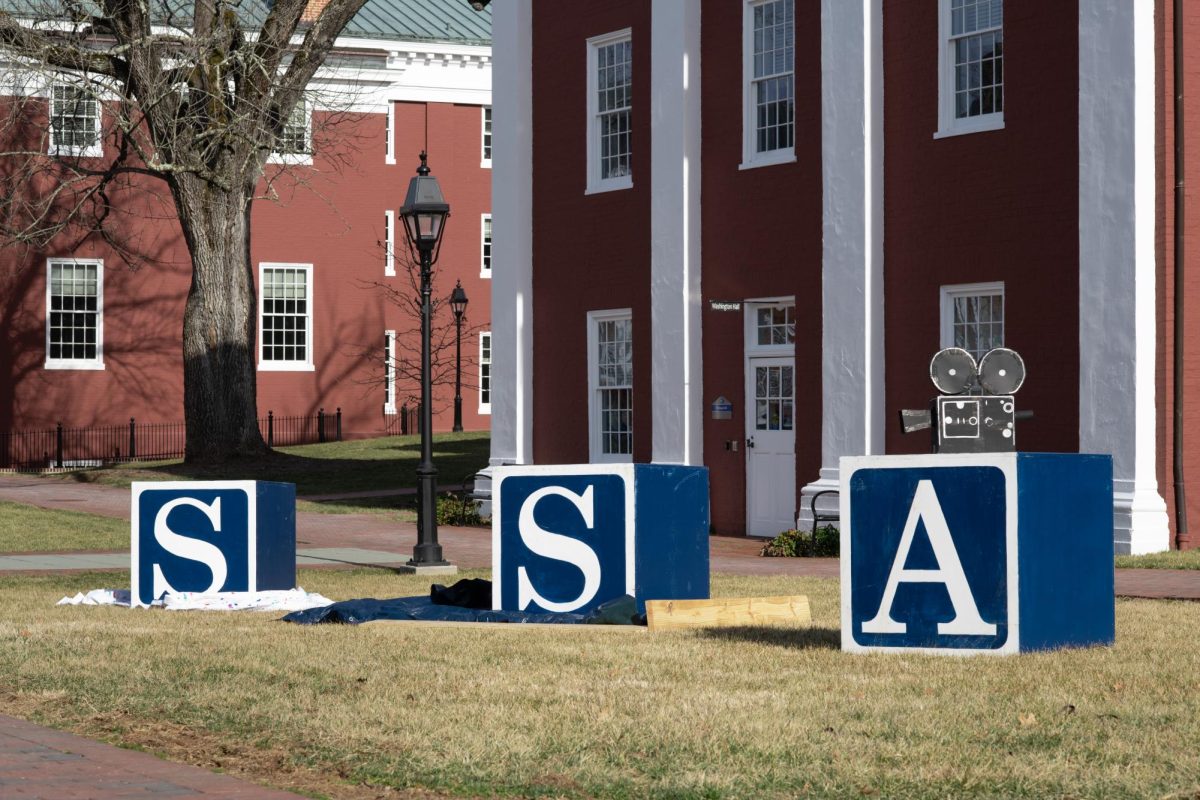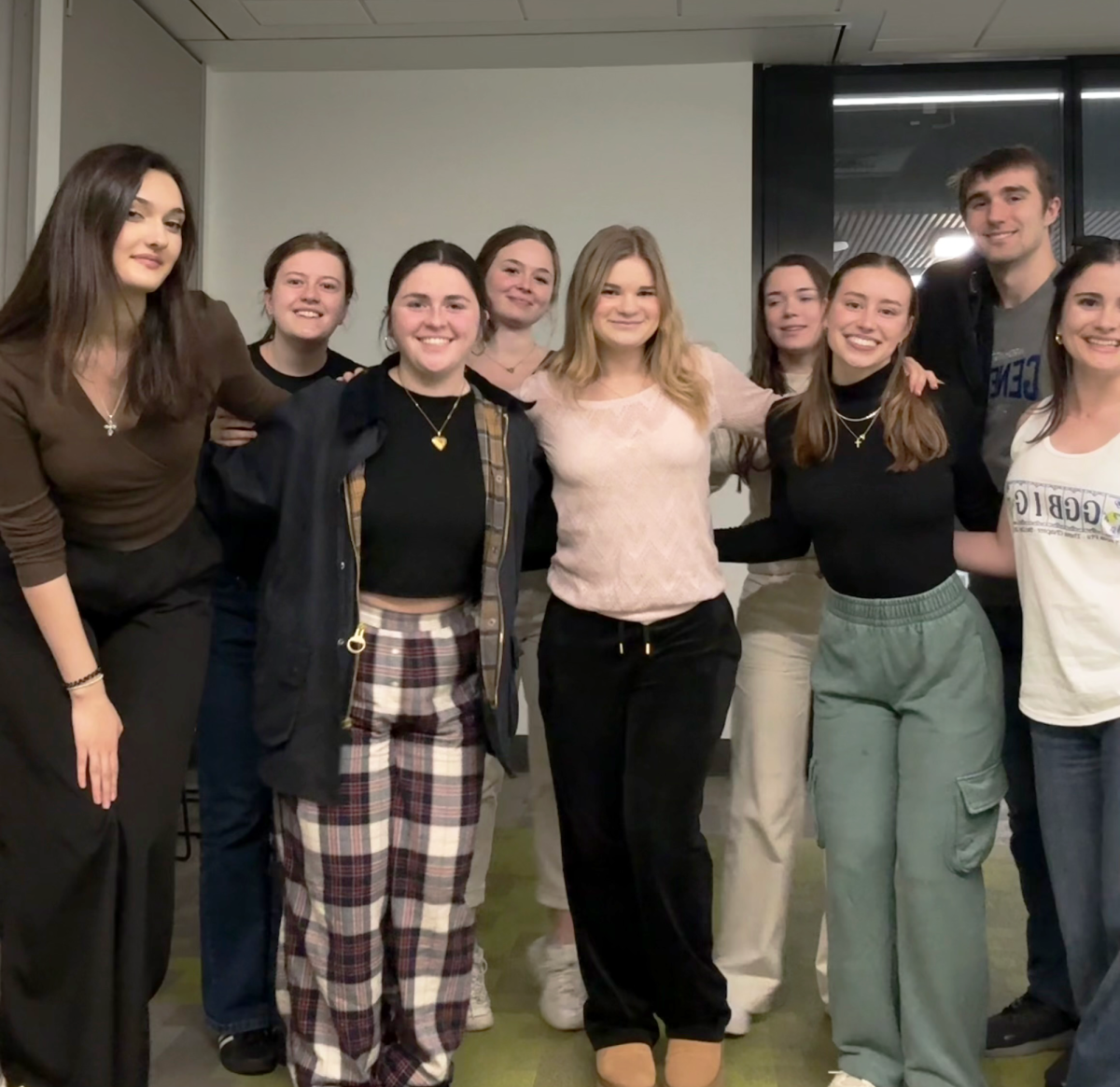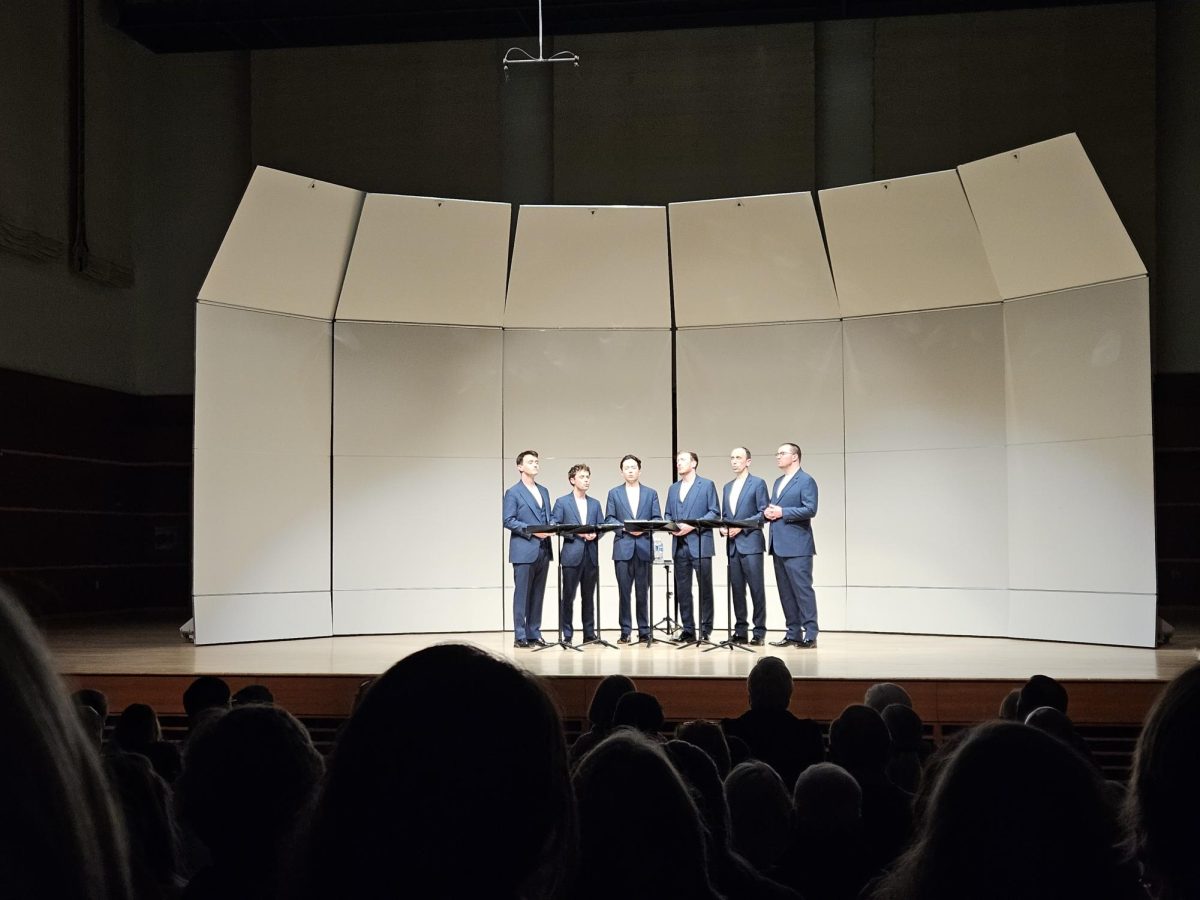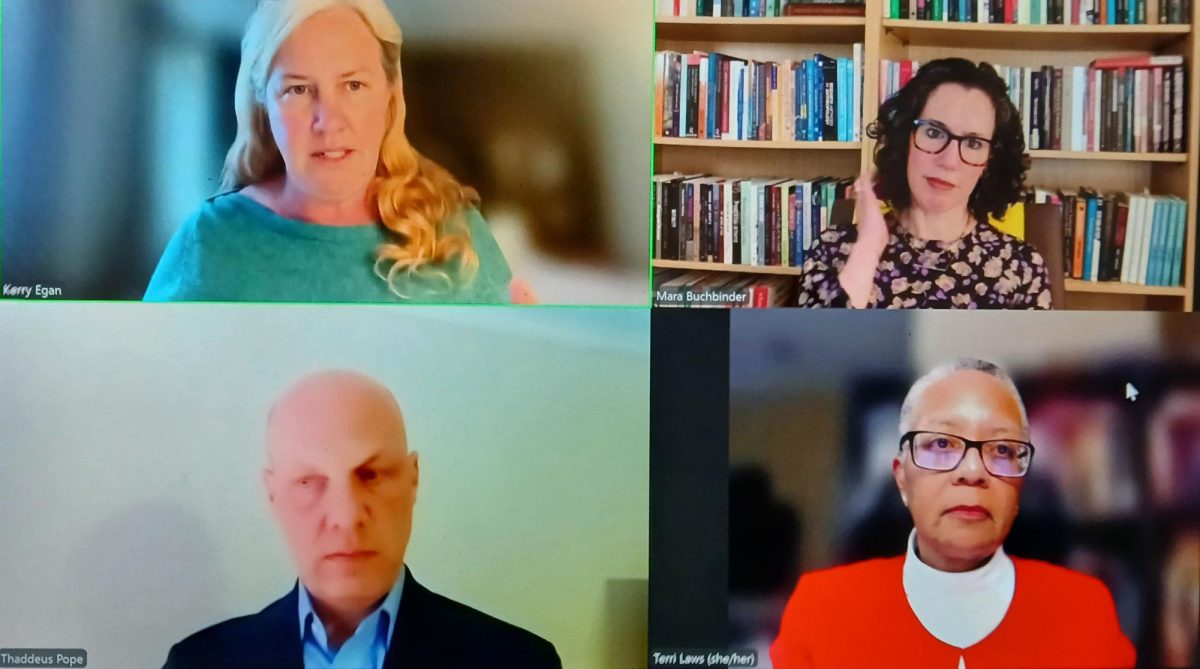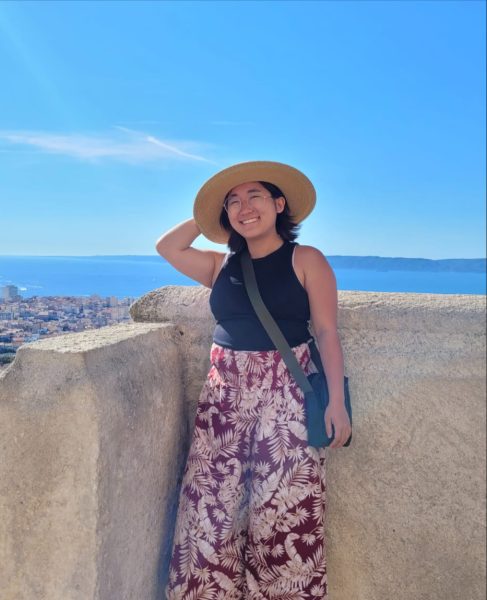The Staniar Gallery’s most recent exhibit used digital technology to show what Florence, Italy—the birthplace of the Renaissance—would have looked like during the late 15th century.
“Florence As It Was” is an art-history project which showcases three-dimensional point clouds of buildings and models of art works. The project was created by George Bent, professor of art and art history, and David M. Pfaff, director of the IQ Center.
Since 2016, Bent and his team have workedto create the series of 3D digital models.
The project took the collective hard work of over seven members of W&L faculty and staff and over 30 undergraduate students.
It contains documents, translations, models, art and supplementary essays to capture the historical reality of the city.
“What we’re trying to do is create an immersive experience but also an educational one. We’re trying to teach users, students and scholars what this place looked like,” Bent said.
In order to reconstruct Florence in its former glory, Bent and his team used cloudpoint models to create buildings like churches and hospitals and used Sketchfab to create models of artwork.
The models of the buildings are then set against a detailed 1584 map by Florentine cartographer Don Stefano Buonsignori.
Bent was inspired by former University of Richmond President Edward Ayers’ digital archival project covering the Civil War called The Valley of the Shadow, as well as the video game Assassin’s Creed II set in Renaissance-era Florence.
“As I watched [my kids] play this game, I was horrified to see how these computer scientists and gamers had been able to construct a city that sort of looked like Florence but really wasn’t,” Bent admits lightheartedly.
Bent wanted to create something similar to Ayers’ project for Florence with the impressive graphics of Assassin’s Creed.
The project stands as a collaboration between both the arts and STEM fields at W&L, demonstrating the fullness of a liberal arts education.
The point cloud models of the builds are extremely detailed. Hundreds of thousands of dots come together to capture the intricate facades and details of each captured building and painting.
In the model of the church Santa Maria Novella guests can see large murals covering the ceiling and the walls.
Guests can spend hours on the computer walking through the beauty of 15th century Florence.
Bent and his team traveled to Florence 16 times in the last eight years to take scans of the city and pictures of artwork to create their digital models of the buildings.
“In order to scan some of these buildings sometimes you have to crawl into some pretty crazy places. Sometimes you’re dangling from rooftops. You’re always dirty, and you’re almost always exhausted,” Bent said. “But you get to go to places where even specialists aren’t allowed to go.”
Bent and his team were able to go down into a crypt under the Santa Maria Novella and explore the artwork and tombs hidden from the world.
Madeleine Lee, ’25, a business administration and art history double major, worked on the project as a researcher, creating annotations and essays to pair with the 3D models.
She said she found the project rewarding because it shows how art ties the past and the present together.
“While many aspects of Western society have changed since the Middle Ages and the Renaissance, the art that remains provides us with an avenue for connection with the people that came before us,” she said.
Florence As It Was ran from Feb. 13 to March 22 in the Staniar Gallery.
To see the project and walk the streets of Florence, guests can visit https://florenceasitwas.wlu.edu.




